Yellow Poppy: [Cultivation, Irrigation, Care, Pests and Diseases]
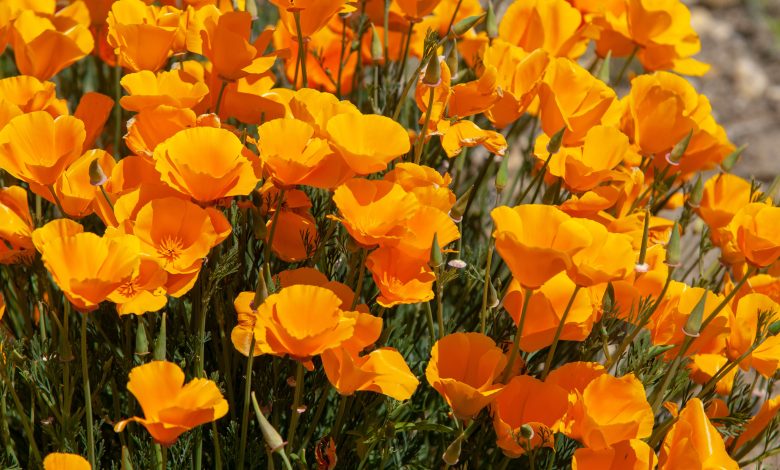
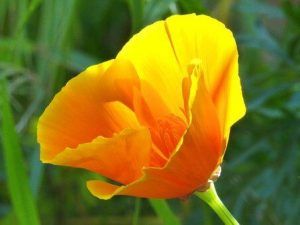 The yellow poppy is a plant of the Papaveraceae family, originating from Western Europe. Its specific name refers to the Cambria region, to the old country of Wales.
The yellow poppy is a plant of the Papaveraceae family, originating from Western Europe. Its specific name refers to the Cambria region, to the old country of Wales.
It was previously considered to be within the genus Meconopsis, making it the only species in Europe.
However, later studies showed that its characteristics were not related to that genre. Still, it has retained that name to this day.
Important points when planting a yellow poppy:
- Scientific name: Meconopsis cambrica, Papaver cambricum.
- Common name: Yellow poppy, Welsh poppy, Pyrenean yellow poppy, Cambrian opium poppy.
- Height: 60 centimeters.
- Light Need: Sun and partial shade.
- Temperature: Cold climates.
- Irrigation: Moderate to low.
- Fertilizer: Organic fertilizer.
What characteristics does the yellow poppy have?
The yellow poppy is a perennial herbaceous plant, which can grow from 30 to 60 centimeters. This plant has little branched underground roots, about 15 centimeters long.
Its stems are branched and erect, 30 to 65 centimeters long, with small hairs. When cut, they secrete a milky yellow substance called latex. Its leaves are basal, dark green, which are grouped opposite each other along an extensive petiole.

These are oval to lanceolate in shape, with jagged edges. The flowers appear at the end of the stems, during the months of June, July and August. They are solitary, and consist of 2 sepals, 4 rounded yellow petals, up to 4 centimeters.
The fruit of the yellow poppy is a capsule made up of 4 to 6 valves which open spontaneously. Inside it houses small black seeds.
When to sow the yellow poppy?
It usually germinates in spring, from February to May. However, during the months of September and October the conditions are presented so that they can be sown by themselves.
To sow them outdoors, it is recommended to start during the spring, before the last frost, to break seed dormancy. In the case of sowing them indoors, the process to germinate them should start 6 or 7 weeks before the last frost.
Where to plant the yellow poppy?
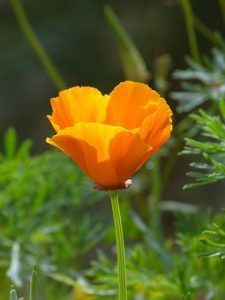 The yellow poppy reproduces in the wild in mountain areas, forests, near streams and bodies of water.
The yellow poppy reproduces in the wild in mountain areas, forests, near streams and bodies of water.
It prefers climates in which summers are cool and humid, as well as rocky and nitrified soils, with acidic and basic pH.
Although it is a sun plant, it can be grown in spaces with total or partial shade, as it reaches light saturation with little intensity.
The perfect place for the yellow poppy would be under trees or large bushes, sheltered from the sun and wind.
How to prepare the land?
The yellow poppy grows well in moderately dry and moist, limestone soils, in which there is abundant organic matter, either leaf litter humus or decomposing wood debris.
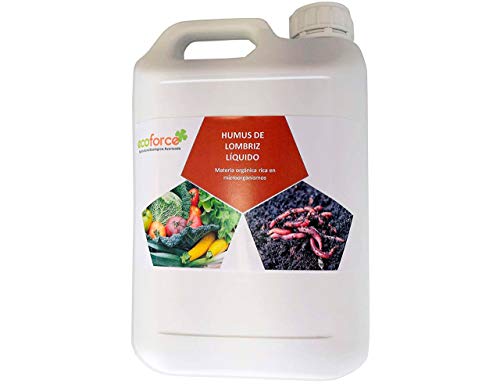
Likewise, the Welsh poppy is a nitrophilous plant, that is, it lives in places rich in nitrogen and, in fact, colonizes them. So it is important to maintain good levels of nitrogen in the substrate, especially during its growth phase, in the spring.
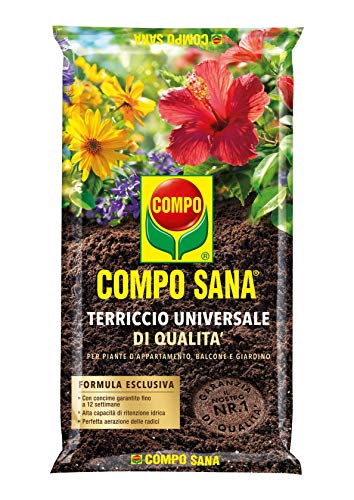
In case the cultivation soil is heavy, it is possible to prepare it and reduce water retention by adding sand. On the other hand, in poor soils, it is possible to improve it by adding 5 to 7.5 centimeters of compost or organic matter such as manure before planting.
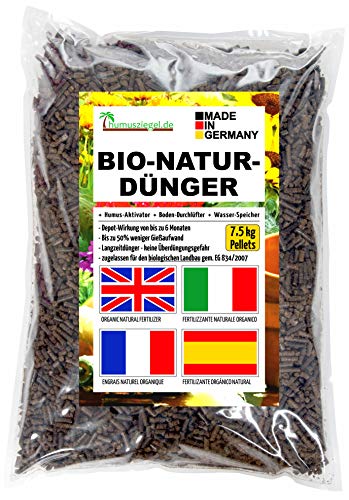
It is also advisable to apply a bark chip mulch to help retain moisture in the substrate.
How do we water the yellow poppy?
The yellow poppy requires moisture in the soil and in the environment. It is advisable to saturate the root zone deeply to promote root growth.
The drip irrigation system can be used to keep the foliage of the plant as dry as possible. However, it can also be watered during the first hours of the day with a sprinkler, or with a hose, so that the foliage can dry before nightfall.
How often do we water the yellow poppy?
Regular watering is necessary when the soil surface feels dry, especially during dry and hot periods.

On the other hand, it is recommended to stop watering during the winter, when the yellow poppy is in a dormant state.
How to plant a yellow poppy step by step?
To the exterior
- In a container, place the seeds on homemade organic matter such as compost with good drainage and cover it with a thin layer of vermiculite or compost.
- Place the container inside a bag, close it and move it to a cold frame greenhouse or a sheltered place outside. Maintain the humidity of the substrate and protect it from rain for a period of 2 months.
- When the seeds have germinated, open the bag and place them at a temperature between 10ºC and 15ºC. Moisten the substrate carefully.
- Once two true leaves have sprouted from the seedlings, transplant them into pots and place them in a cool, shady spot.
- When the plant is established, sow in moist, loamy soil, under the shade of a tree.
inside
- Place the yellow poppy seeds in a container of moist, well-drained compost and cover them with a thin layer of sand or soil. Store the container in a bright place, at a temperature of 15ºC.
- Wait about 2 months for the seeds to germinate. If the seeds have not germinated, stratify them by moving them to a cold environment (4ºC) for 6 to 8 weeks and again returning them to the heat.
- When the seeds have germinated, wait for 2 or 3 true leaves to sprout and transplant them into a pot.
- Plant outside in summer or fall. You can also wait until the following spring to transplant.
What care does the yellow poppy need?
The yellow poppy is undemanding in many climates as it requires little maintenance. However, it is necessary to take care of it in dry and hot summers, since they belong to cold climates and do not tolerate high temperatures.

What pests and diseases affect the yellow poppy?
The yellow poppy is usually very resistant to diseases and pests. However, it can sometimes be harmed by the pathogen Peronospora arborescens, which causes downy mildew, as well as by snails and slugs.
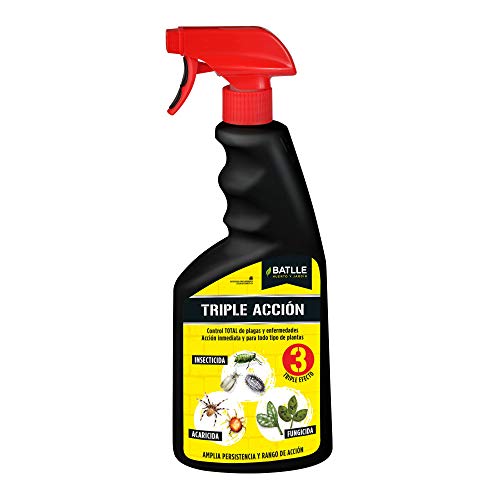
References
- https://www.asturnatura.com/especie/meconopsis-cambrica.html
- http://www.floraiberica.es/floraiberica/texto/pdfs/01_038_02_Meconopsis.pdf
- https://silvestresezcaray.com/flora-del-alto-oja-amapola-amarilla/
- https://www.gardeningknowhow.com/ornamental/flowers/welsh-poppy/growing-welsh-poppies.htm
- https://www.gardenershq.com/Meconopsis-Blue-poppy.php
- https://worldoffloweringplants.com/papaver-cambricum-welsh-poppy/

![Photo of The Leaf: [Parts, Functions, Types]](https://www.complete-gardening.com/wp-content/uploads/2022/08/the-leaf-parts-functions-types-390x220.jpg)
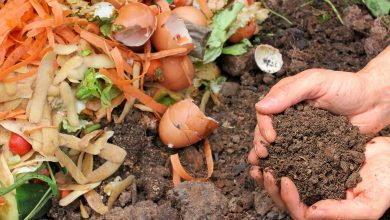
![Photo of Madagascar Jasmine: [Growing, Care, Pests and Diseases]](https://www.complete-gardening.com/wp-content/uploads/2022/08/madagascar-jasmine-growing-care-pests-and-diseases-390x220.jpg)
![Photo of Capillarity Irrigation: [Concept, Utility, Advantages and Disadvantages]](https://www.complete-gardening.com/wp-content/uploads/2021/06/riego-por-capilaridad-390x220.png)